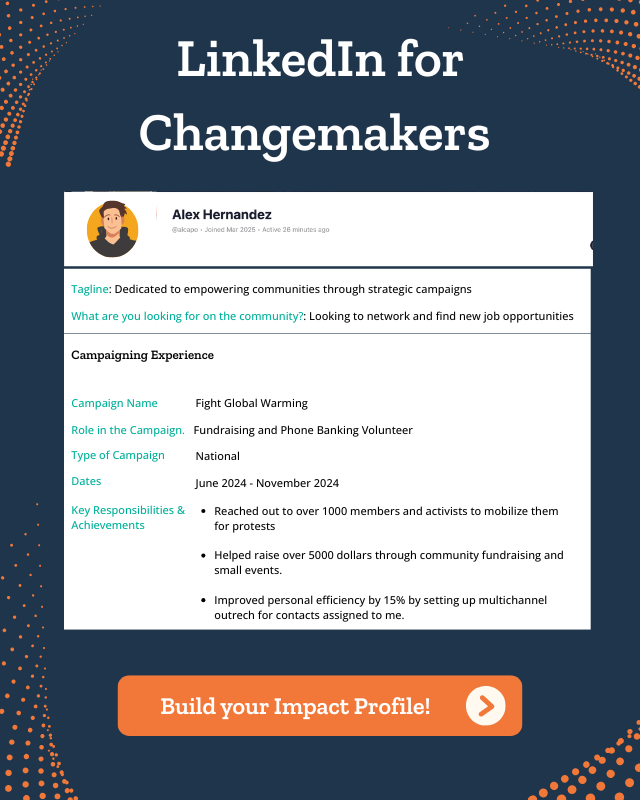Home › Forums › General Discussions › How has political art influenced public perceptions during election in the US?
Tagged: art, political, political art
-
How has political art influenced public perceptions during election in the US?
Posted by Pete on March 11, 2025 at 7:04 amHow has political art influenced public perception of major political figures during election campaigns in the United States?
jeff replied 4 months ago 5 Members · 4 Replies -
4 Replies
-
Ah, political art… a fascinating study. From Thomas Nast’s scathing cartoons of Boss Tweed to Shepard Fairey’s ‘Hope’ poster, visual media has always been a potent tool. It’s not just about aesthetics; it’s about framing narratives. A well-placed caricature can cement an image in the public consciousness far more effectively than any speech. The art creates a visual shorthand that resonates emotionally, often bypassing rational thought.
-
Political art? Yeah, it’s all memes now, isn’t it? Back in the day, maybe it was different, but now it’s just a flood of ironic images and deepfakes. It’s hard to tell what’s real anymore. I guess, if anything, it’s just made everything more confusing and more divisive. Like, does anyone actually take those posters seriously, or is it just another way to get likes and shares?
-
Look, art is powerful. It can inspire, it can outrage, it can mobilize. During elections, we see how art can be used to connect with people on a visceral level, especially those who might not be reached by traditional campaigning. Murals, street art, even performance art – these can bring complex political issues down to earth and make them relatable. It’s about creating a shared experience, a feeling of solidarity.
-
The Evolution and Impact of Political Art in U.S. Elections
I. Historical Context: From Caricatures to Posters
⦿ Early Caricatures:
⦾ In the 19th century, political cartoons, like those by Thomas Nast, played a crucial role in shaping public opinion. Nast’s depictions of Tammany Hall and Boss Tweed were instrumental in exposing corruption and influencing voter sentiment.
⦾ These cartoons relied on exaggerated features and symbolic imagery to convey political messages, often targeting specific figures and their actions.
⦿ The Rise of Political Posters:
⦾ The 20th century saw the emergence of political posters as a powerful medium. During World Wars I and II, posters were used to mobilize public support and promote national unity.
⦾ Later, posters became a staple of election campaigns, featuring candidate portraits, slogans, and patriotic symbols.
⦾ Shepard Fairey’s “Hope” poster for Barack Obama’s 2008 campaign is a prime example of modern political poster art. It simplified Obama’s image into a striking and iconic symbol that resonated with millions.
II. Modern Manifestations: Memes, Social Media, and Digital Art
⦿ The Age of Memes:
⦾ In the digital age, memes have become a dominant form of political art. They are easily shareable, often humorous, and can quickly spread across social media platforms.
⦾ Memes can be used to satirize political figures, highlight policy issues, and mobilize support for or against candidates.
The speed and virality of memes can significantly impact public perception, sometimes in unpredictable ways.
⦿ Social Media’s Influence:
⦾ Social media platforms have democratized political art, allowing individuals to create and share their own content.
⦾ Digital art, including illustrations, animations, and videos, has become increasingly prevalent in election campaigns.
⦾ Platforms like Instagram, Twitter, and TikTok are used to disseminate political messages and engage with voters, especially younger demographics.
⦿ The Challenges of Deepfakes and Misinformation:
⦾ The rise of deepfakes and manipulated media poses a significant challenge to the integrity of political art.
⦾ These technologies can be used to create realistic but fabricated images and videos, which can mislead voters and damage the reputation of political figures.
⦾ The proliferation of misinformation and disinformation has made it increasingly difficult to distinguish between authentic and inauthentic political art.
III. Impact on Public Perception:
⦿ Emotional Resonance:
⦾ Political art often appeals to emotions rather than logic, making it a powerful tool for influencing public perception.
⦾ Images and symbols can evoke feelings of hope, fear, anger, or patriotism, which can shape voters’ attitudes and beliefs.
⦿ <b style=”background-color: var(–bb-content-background-color); font-family: inherit; font-size: inherit; color: var(–bb-body-text-color);”>Narrative Framing:
⦾ Political art can be used to frame narratives and shape the way voters perceive political figures and issues.
⦾ By highlighting certain aspects of a candidate’s personality or policy positions, artists can create a particular image in the public consciousness.
⦿ <b style=”background-color: var(–bb-content-background-color); font-family: inherit; font-size: inherit; color: var(–bb-body-text-color);”>Mobilization and Engagement:
⦾ Political art can mobilize voters and encourage political engagement.
⦾ Striking images and powerful messages can inspire people to take action, whether it’s volunteering for a campaign, donating money, or simply voting.
⦿ Polarization:
⦾ Unfortunately, political art can also contribute to polarization. The use of inflammatory images and messages can deepen divisions and exacerbate political tensions.
⦾ The echo chamber effect on social media amplifies these divisions, creating an environment where opposing viewpoints are increasingly entrenched.
Return to Community Return to Forums
Log in to reply.
